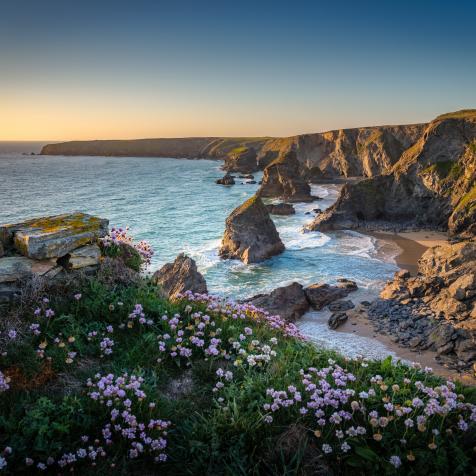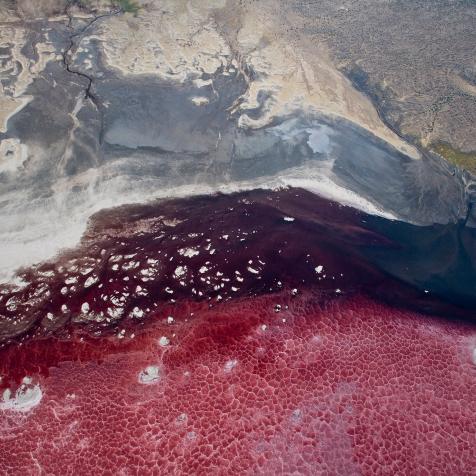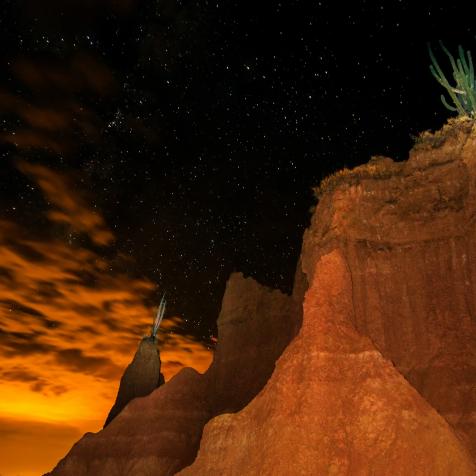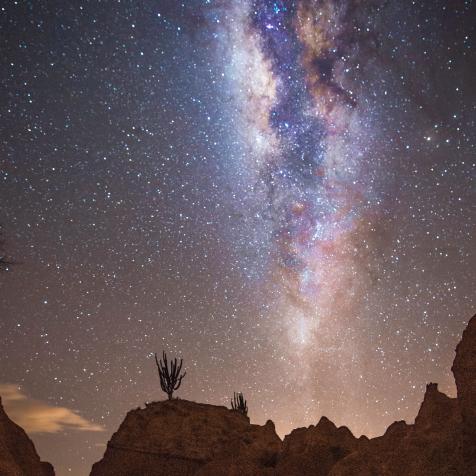
Government of Alberta/Flickr
This "Mummified" Dinosaur Is Almost Perfectly Preserved
This well-preserved dinosaur has brought us closer than ever to understanding the ancient creatures.
Since the dawn of paleontology, scientists have struggled to confirm what dinosaurs and other prehistoric creatures may have looked like when they were alive. Now, a team at Royal Tyrrell Museum of Palaeontology in Alberta, Canada has brought us closer than ever to understanding our massive planetary ancestors. They discovered a dinosaur fossil that has guts, armor, and even some skin intact. In fact, it is so well-preserved, some have dubbed it a "dinosaur mummy." Meet Borealopelta markmitchelli.
A Giant Accident
The discovery of the dino-mummy was purely accidental. On an otherwise-average afternoon in 2011 at Alberta's Millennium Mine, heavy-equipment operator Shawn Funk was manning an excavator when he hit something hard. Funk was used to striking minerals or old marine fossils, but this was different.
Over 7,000 man-hours later, the discovery now lies in the Royal Tyrrell Museum of Paleontology. It's an incredibly well-preserved armored herbivore called a nodosaur (a close relative of ankylosaurs, those spiky armored low-riding lizards with a mace-like tail) that lived 110 million years ago. A team carved through a 15,000-pound rock to dig out the dinosaur's body, from its snout to its hips.
By the way, those 7,000 man-hours we mentioned? That was all one man: Royal Tyrrell Museum technician Mark Mitchell. Over the course of six years, he painstakingly chipped away the stone, spending eight months on the skull alone. But it wasn't until after he was finished that he learned his work would be immortalized in the name of the creature. Borealopelta markmitchelli translates as "Northern shield of Mark Mitchell," and when the preparator found out, "I was very excited ... I put my hands up in the air and cheered."
Burial at Sea
So, why was Borealopelta so intact while with most other fossils paleontologists find are just a few teeth or bones? Scientists believe that after death, it was buried so quickly under the sea that minerals infused its skin and body parts to preserve it. Then, centuries upon centuries of rock and sediment piled up on top.
There's still a lot to be learned from the fossil, but scientists are up for the project of a lifetime: The keratin layers that helped to form its armor are so well-preserved that the museum's curator of dinosaurs, Donald Henderson, called it "the Rosetta Stone of armor."
In an interview with National Geographic, University of Bristol paleobiologist Jakob Vinther was shocked by the quality of the specimen. It was in such good shape, Vinther says it looks like it "might have been walking around a couple of weeks ago ... I've never seen anything like this."
This article first appeared on Curiosity.com.


















